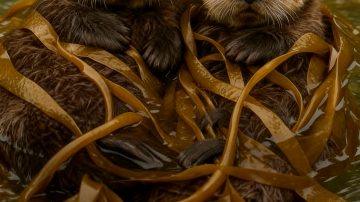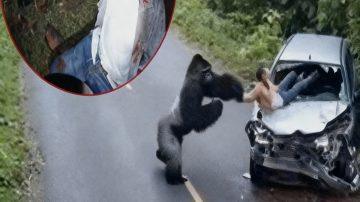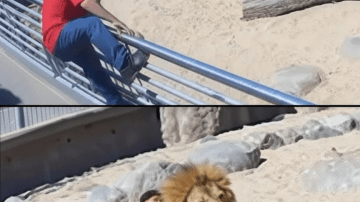The poignant image of a deer, lifeless in the water, serves as a stark reminder of the delicate balance within our ecosystems and the increasing pressures faced by wildlife. While the exact circumstances of this particular deer’s demise are unknown, it prompts us to consider the myriad challenges that deer populations encounter globally. From habitat loss and fragmentation due to human expansion to the impacts of climate change altering food sources and increasing extreme weather events, deer, like many other species, are in a silent struggle for survival. Their well-being is intrinsically linked to the health of the environment, and their struggles often mirror broader ecological issues that demand our attention and action. This image, though somber, can be a catalyst for deeper understanding and a renewed commitment to conservation.

Habitat Loss and Human Encroachment
As human populations grow and develop, natural habitats are often converted for agriculture, urbanization, and infrastructure. This directly leads to the loss of crucial foraging grounds, breeding areas, and migratory routes for deer. The fragmentation of remaining habitats also isolates populations, reducing genetic diversity and making them more vulnerable to disease and local extinctions. Roads and other human-made barriers also increase the risk of collisions and disrupt natural movement patterns.

The Impact of Climate Change
Climate change introduces a new layer of complexity to the challenges faced by deer. Shifting weather patterns can lead to changes in vegetation, impacting the availability and nutritional quality of their food sources. Increased frequency and intensity of extreme weather events, such as severe droughts, floods, or unusually harsh winters, can directly cause mortality, particularly among young, old, or weak individuals. Climate change also influences the spread of diseases and parasites, further stressing deer populations.







